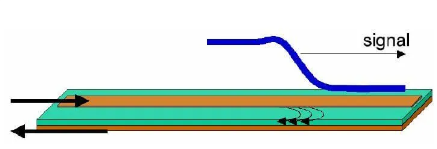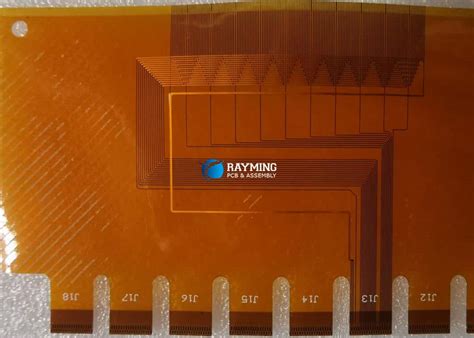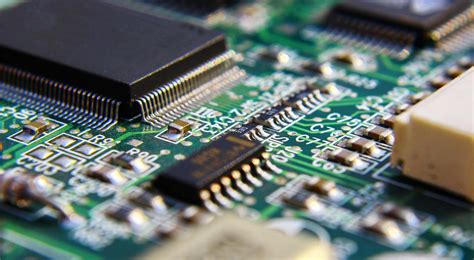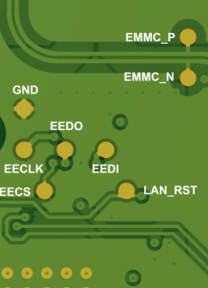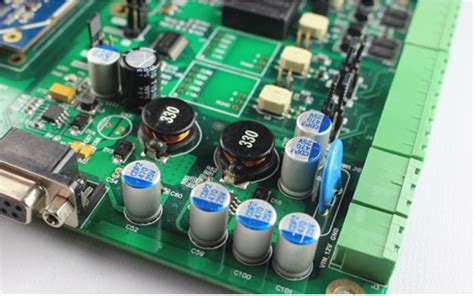Three major factors affecting PCB impedance
The three major factors affecting PCB impedance mainly include: dielectric thickness, wire width and dielectric constant.
The following is a detailed explanation:
1.Dielectric thickness (H):
The dielectric thickness is proportional to the impedance, that is, the thicker the dielectric, the greater the impedance; the thinner the dielectric, the smaller the impedance.
In the actual production process, slight changes in the width, thickness, dielectric constant of the insulating material and the thickness of the insulating medium will cause changes in the characteristic impedance value.
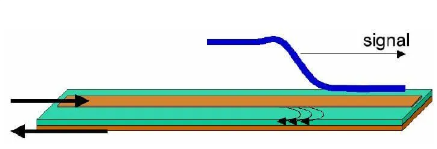
2.Wire width (W):
The wire width is inversely proportional to the impedance, that is, the wider the wire, the smaller the impedance; the narrower the wire, the greater the impedance.
When the wire width changes by 0.025mm, it will cause a corresponding change in the impedance value of 5~6Ω.
3.Dielectric constant (εr):
The dielectric constant is inversely proportional to the impedance, that is, the higher the dielectric constant, the smaller the impedance; the lower the dielectric constant, the greater the impedance.
The signal transmission speed in the dielectric material will decrease as the dielectric constant increases. Therefore, to obtain a high signal transmission speed, the dielectric constant of the material must be reduced.
These three factors together determine the characteristic impedance of the PCB, which is critical to ensuring the integrity and reliability of signal transmission. During PCB design and manufacturing, these parameters need to be precisely controlled to meet the needs of specific applications.

